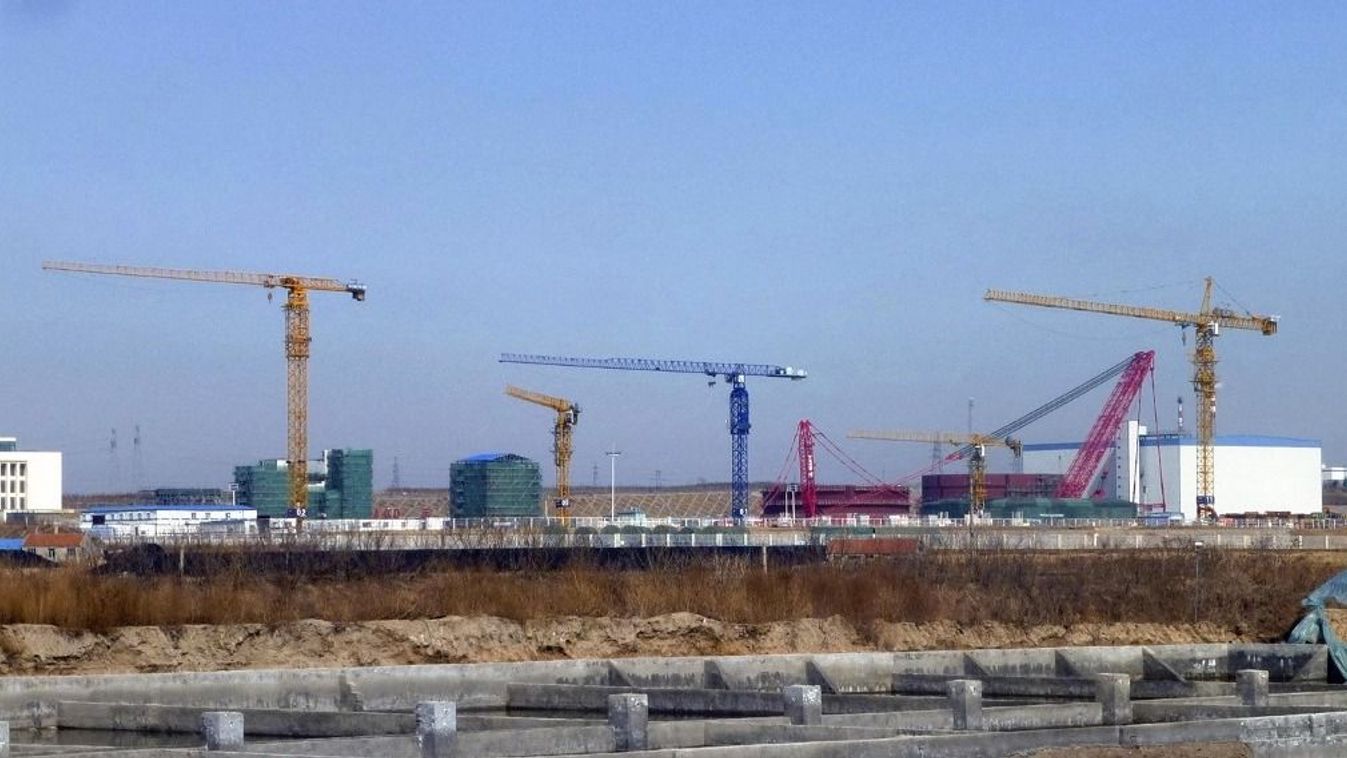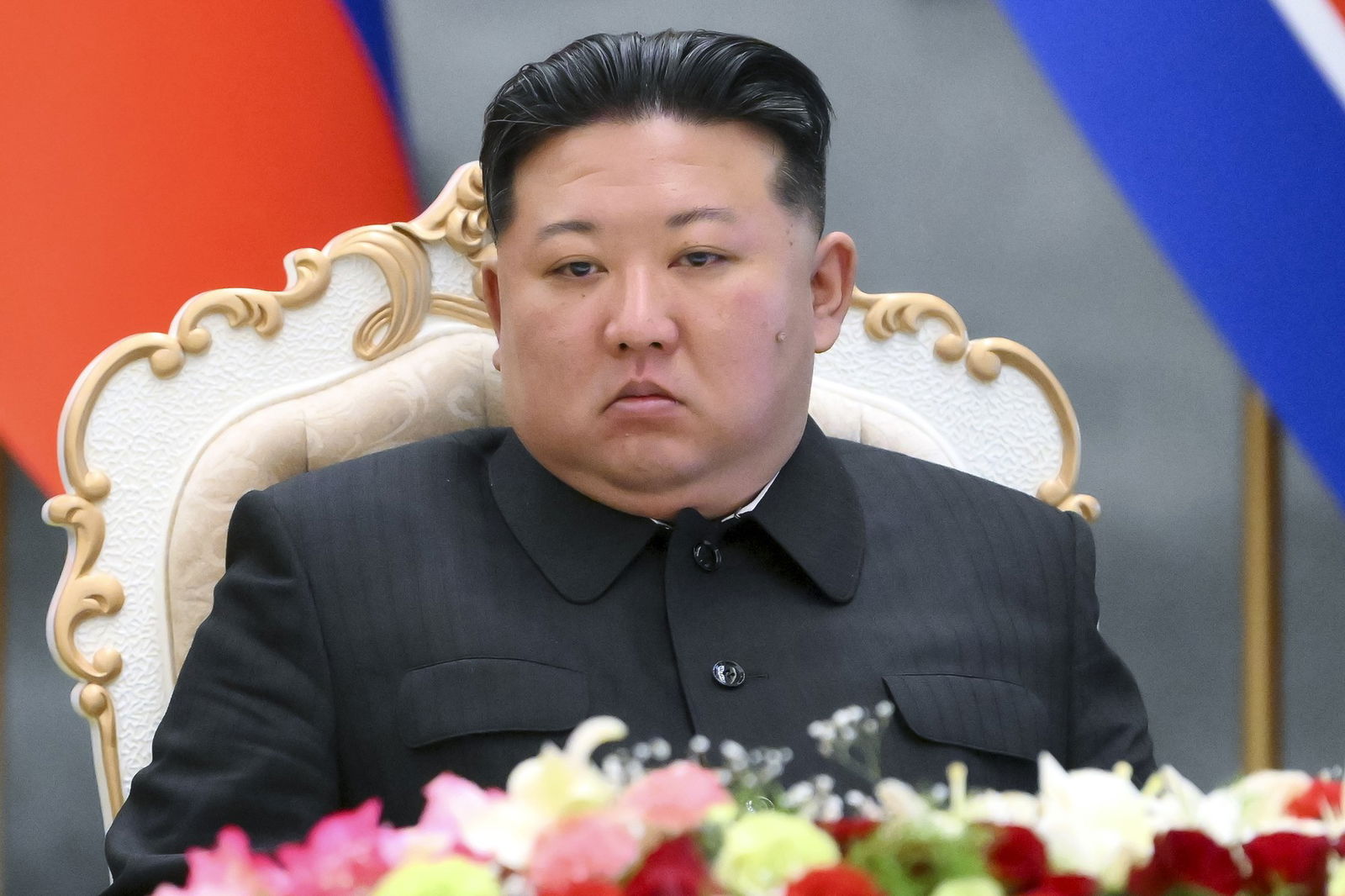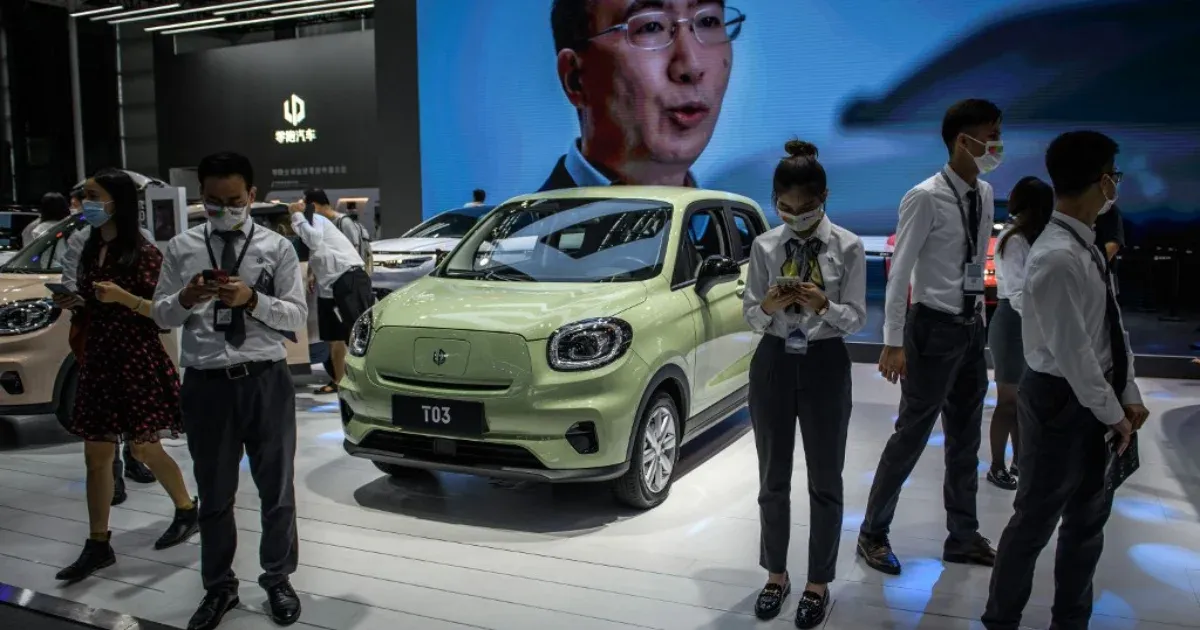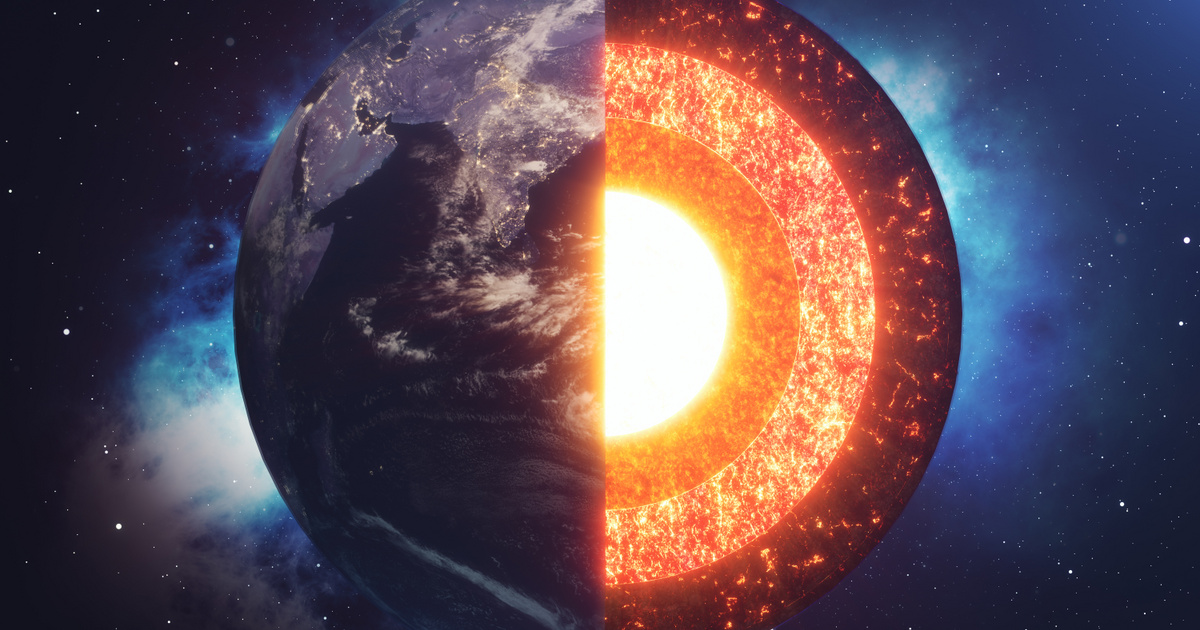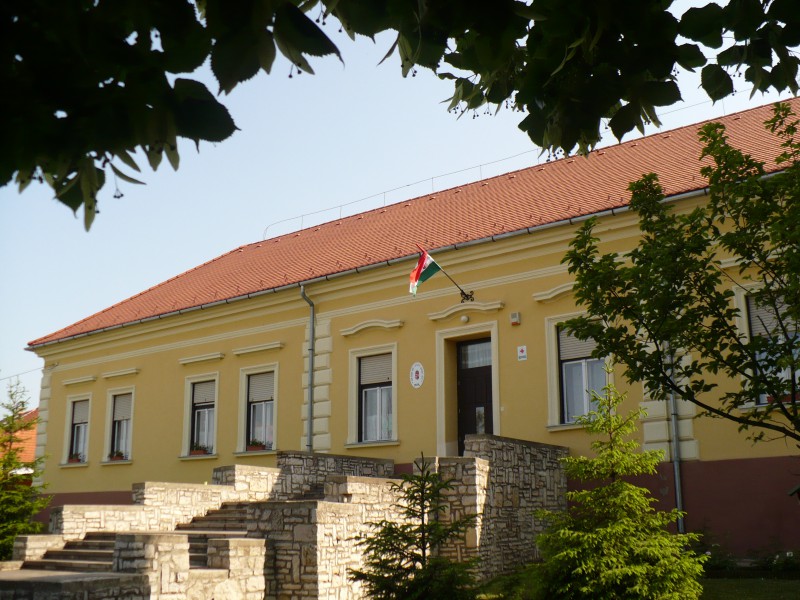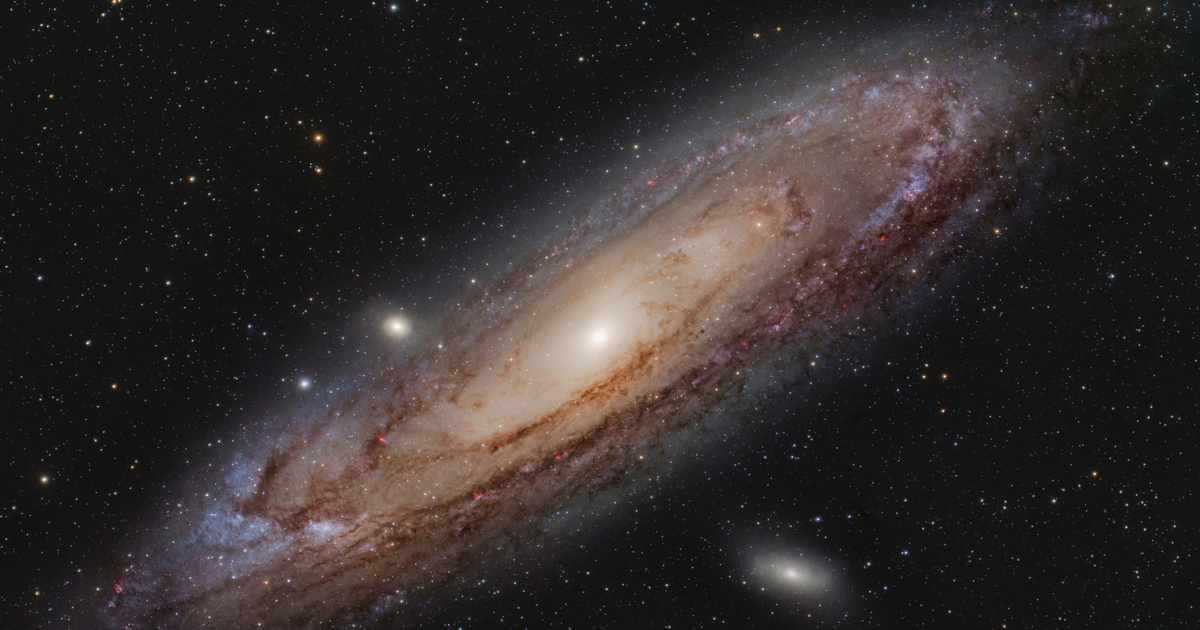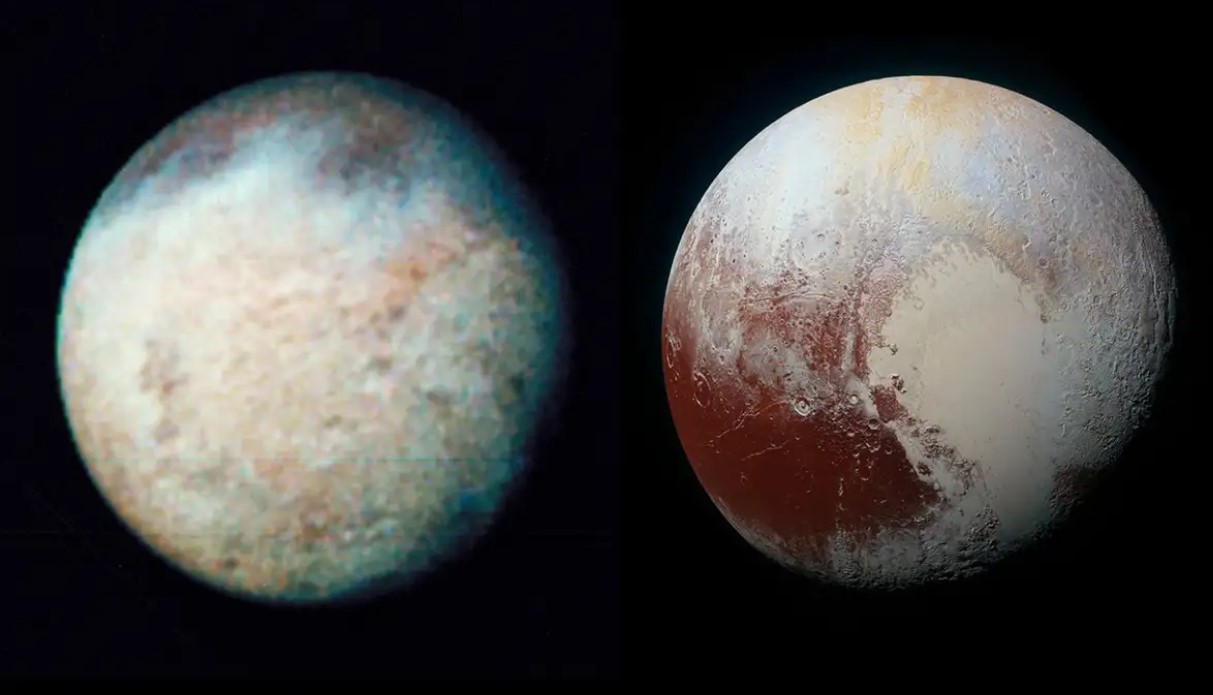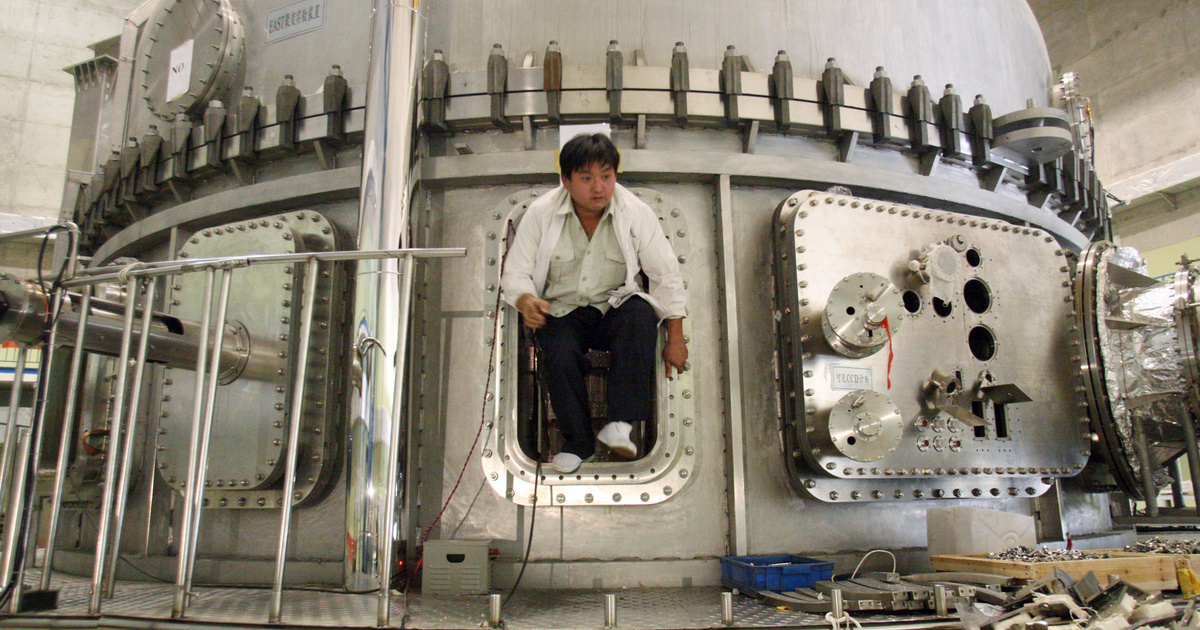The goal is to keep the plasma at hundreds of millions of degrees at all times. If huge technical barriers are overcome, fusion will be an inexhaustible source of clean energy.
For 17 minutes and 36 seconds, the Chinese EAST plasma, an experimental advanced superconducting tokamak, was heated to five times the internal temperature of the sun. Operating in eastern Anhui province since 2006, EAST is the world’s first fully superconducting tokamak for one of the three “artificial sun” fusion reactors in the Asian country. The other two are located in Chengdu and Wuhan.
The South Korean fusion reactor KSTAR has been successfully surpassed in the regional competition. However, the peak plasma heating is currently held by the Japanese JT-60 at 522 million °C.
The temperature of the sun’s core is 15 million degrees. fusion Development At the same time, its goal is not only to maintain the temperature rise, but also to keep the plasma stable at a temperature of 100 million degrees for a longer period of time.
They are thinking of a working power plant
The last news of EAST was in May 2021 with a record plasma heating up, then heating the plasma in it to 120 million degrees for 101 seconds. In another experiment, they reached 160 million degrees Celsius for 20 seconds.
Even more striking is the last result, which managed to maintain a plasma temperature of 70 million degrees for 1056 seconds, that is, more than 17 and a half minutes.
The essence of fusion energy is that humanity can take advantage of the process that drives the Sun and the stars, which is to unite the cores by releasing great energy. If the formidable technical hurdles required to do so are overcome, fusion will be a nearly inexhaustible source of clean energy.
The European fusion reactor ITER was originally scheduled to reach fusion by 2023, with the current target date of 2035.
According to Shong Juntao, deputy director of the Hefei Institute of Plasma Physics, which manages EAST, construction of a working fusion reactor could begin within five years, which could start in 2040. energyProduce.





